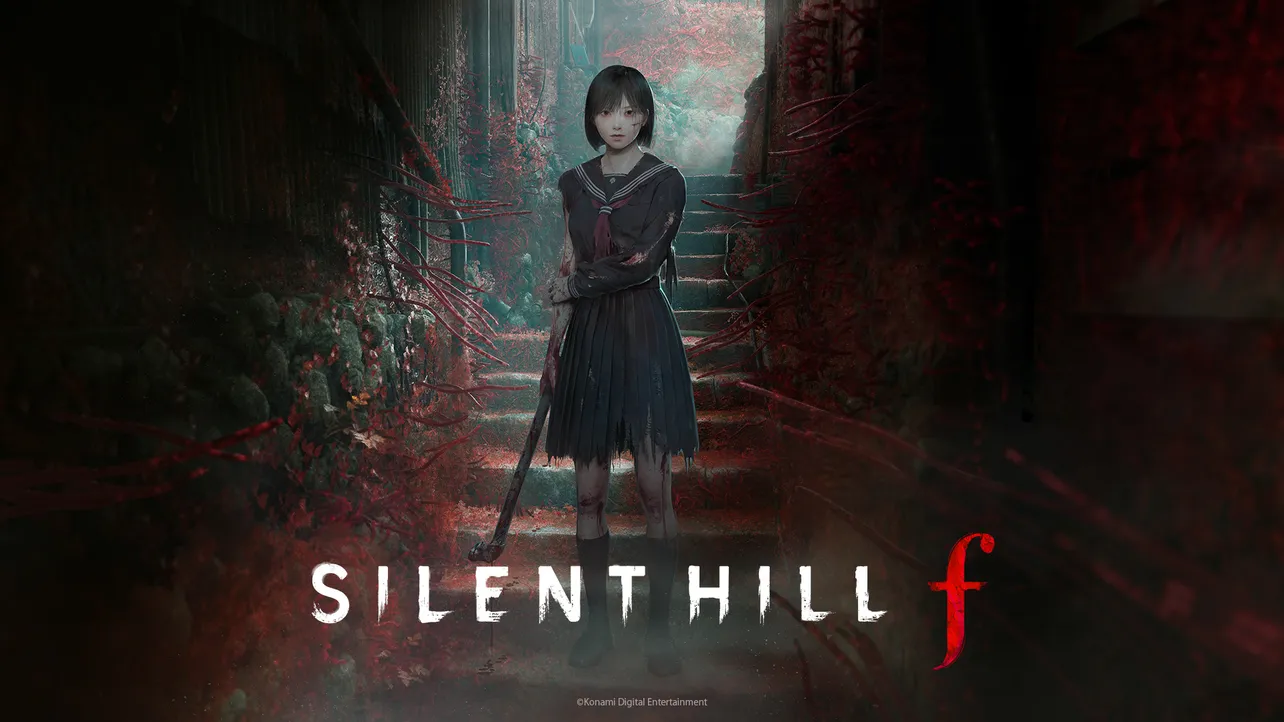Silent Hill f at a glance
| Item | Details |
|---|---|
| Genre / Mode | Survival horror, single-player |
| Developer / Publisher | NeoBards Entertainment / Konami |
| Setting | Ebisugaoka, Japan, 1960s |
| Protagonist | Hinako Shimizu, a high school student |
| Release | September 25, 2025 (early access on September 23 for Deluxe pre-orders) |
| Platform targets | PlayStation 5, Windows PC, Xbox Series X|S |
| Position in series | Standalone story within the Silent Hill franchise |
Story synopsis (spoiler-light)
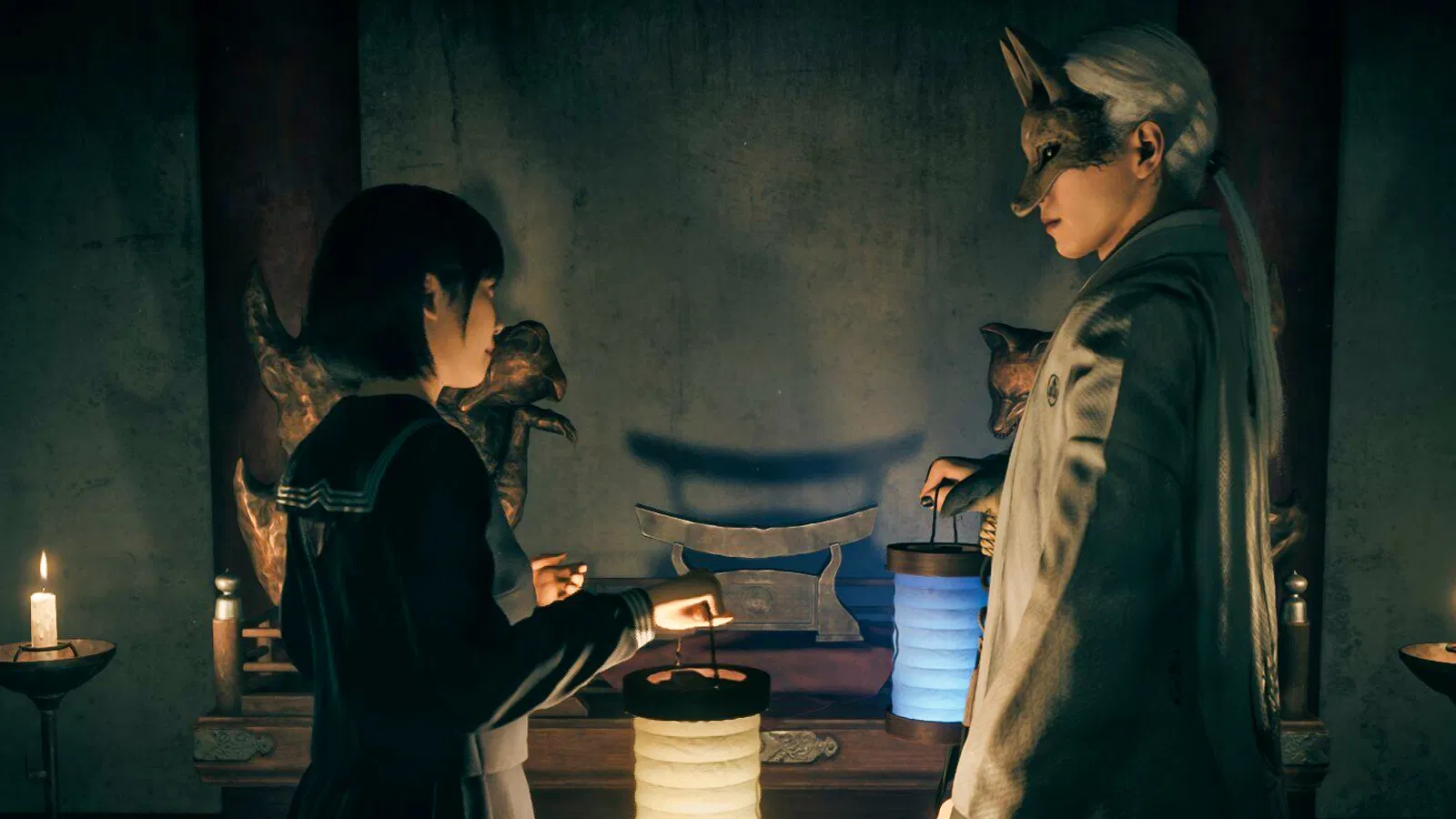
Silent Hill f follows Hinako Shimizu, a teenager in a rural mountain town during the 1960s. Her home life is strained: an abusive father, a mother who enables that harm, and a sister who has moved away. Her closest anchors are a small circle of childhood friends. When a dense, unnatural fog overtakes Ebisugaoka, daily life fractures—most townspeople vanish, and predatory, otherworldly figures begin to prowl. Hinako and her friends are left to navigate a town turned maze, where personal history and collective pressure feel as dangerous as the creatures in the mist.
The narrative keeps key motivations and relationships deliberately opaque, revealing context in controlled bursts. A recurring figure in a fox mask and an expanding web of unanswered questions push the story forward. Not every thread is tied off by the end, and the ambiguity is intentional.
Themes, tone, and the “terror in beauty” idea
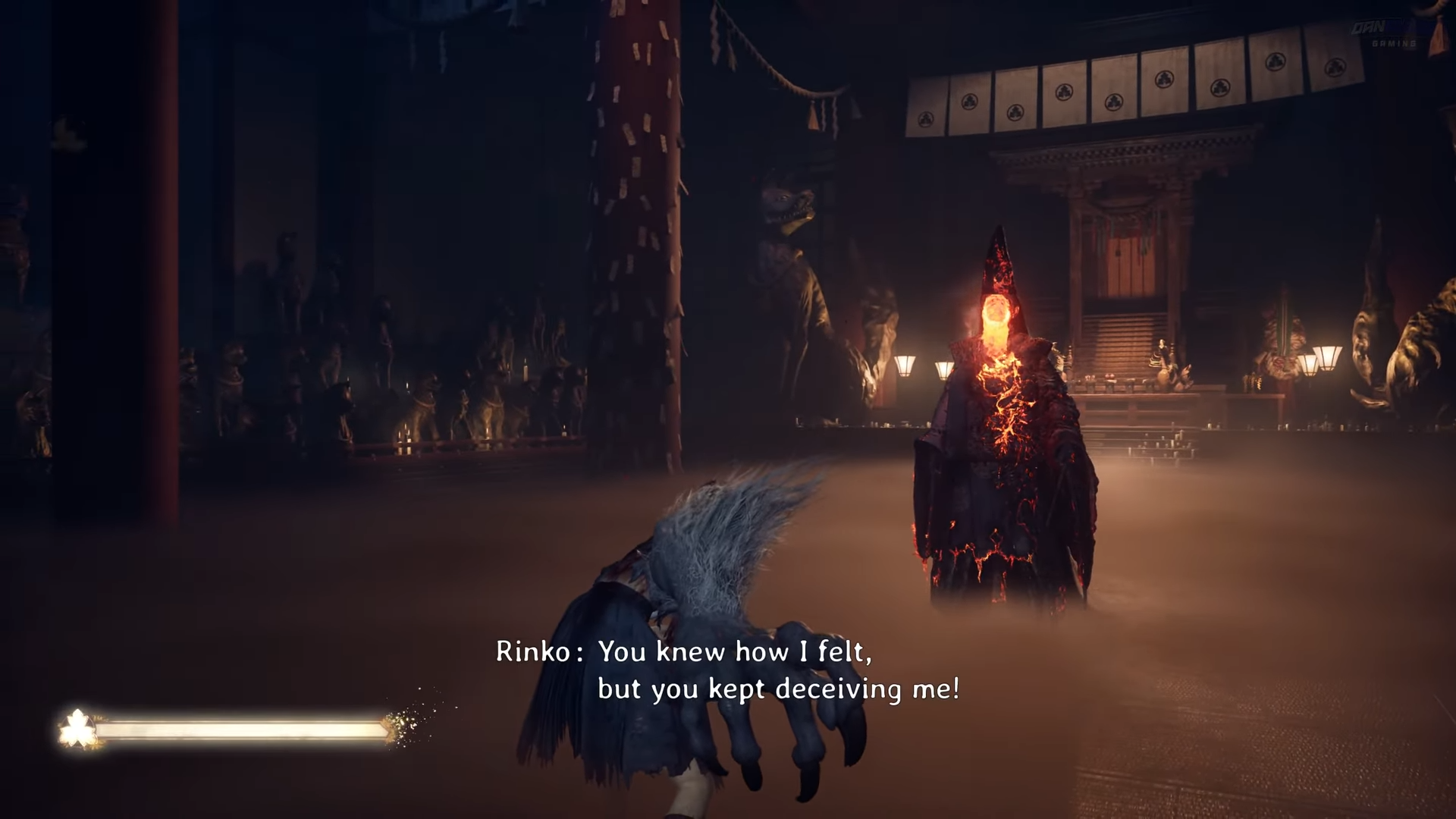
The writing leans into psychological horror rooted in social expectation and private trauma. Silent Hill f repeatedly engages with femininity, marriage, identity, and self-preservation under patriarchal norms—how external pressure shapes inner life, and how that inner life reshapes the world on screen. Aesthetic choices emphasize a design principle of “finding terror in beauty”: meticulously composed scenes that are elegant on the surface but deeply unsettling in their details.
Enemy designs and lore entries frequently echo dolls and ceremonial imagery, twisting symbols of domesticity and matrimony into grotesque forms. The result is a world where ritual, appearance, and control become threats in themselves.
Setting and structure
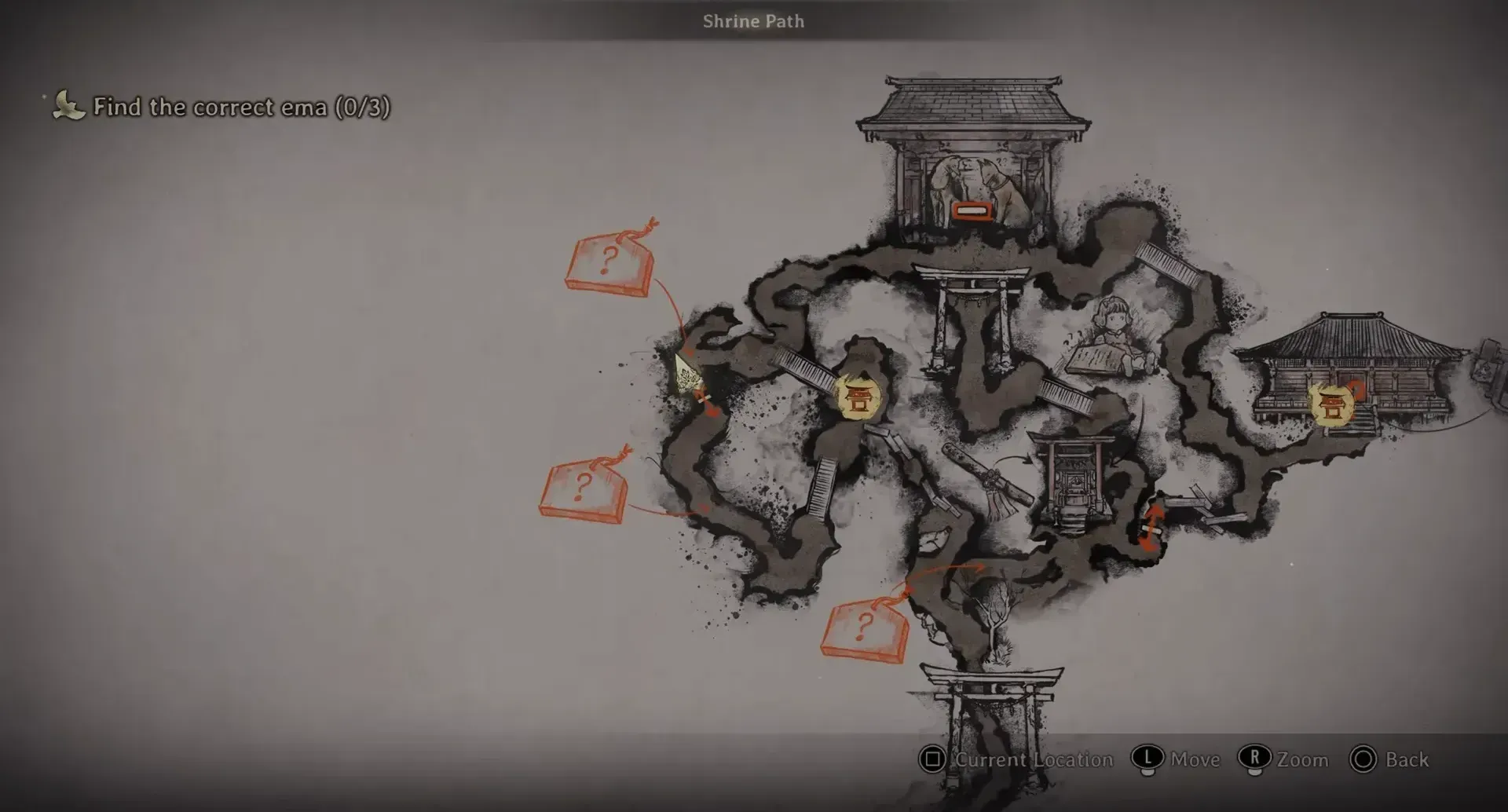
Ebisugaoka mixes tight residential blocks with open, winding farmland, all smothered in heavy fog that limits visibility to just a few steps. Navigation is part cartography and part instinct: there is a map, but the town’s loops, dead ends, and shifting routes mean you’re often choosing a path by feel and memory. Key sequences extend beyond the streets into shrine spaces—most notably a “Dark Shrine” realm—where the town’s symbolic logic is made literal.
How the horror plays: exploration, combat, and puzzles
Encounters are built around placement and timing more than spectacle. Enemies are situated at chokepoints and blind corners, and misdirection is common—an empty hallway on first pass, a rush from behind on the second. The game oscillates between two clear responses to danger: run or fight.
- Combat is close-quarters and resource-bound. Weapons degrade with use, forcing trade-offs between standing your ground and conserving tools for later. The move set supports different attack tempos—light, heavy, focus, and counter options—without relying on ranged weapons.
- Steering clear can be the smarter choice. Fleeing preserves your kit, but many threats persist in the world and may be waiting when you return through the same space.
- Puzzles are both environmental and self-contained. Solutions reward observation and calm reasoning; they are designed to be clever without tipping into obscurity, and they punctuate the pace between combat stretches.
Hinako, agency, and character focus
Unlike some earlier franchise leads who feel swept along by events, Hinako is written to make active choices. Her relationships—with family, with friends, with social roles—are foregrounded, and the game’s most disturbing turns track with shifts in how she sees herself. The push-pull between her will and the world’s demands is the spine of the story.
Monsters and symbolism
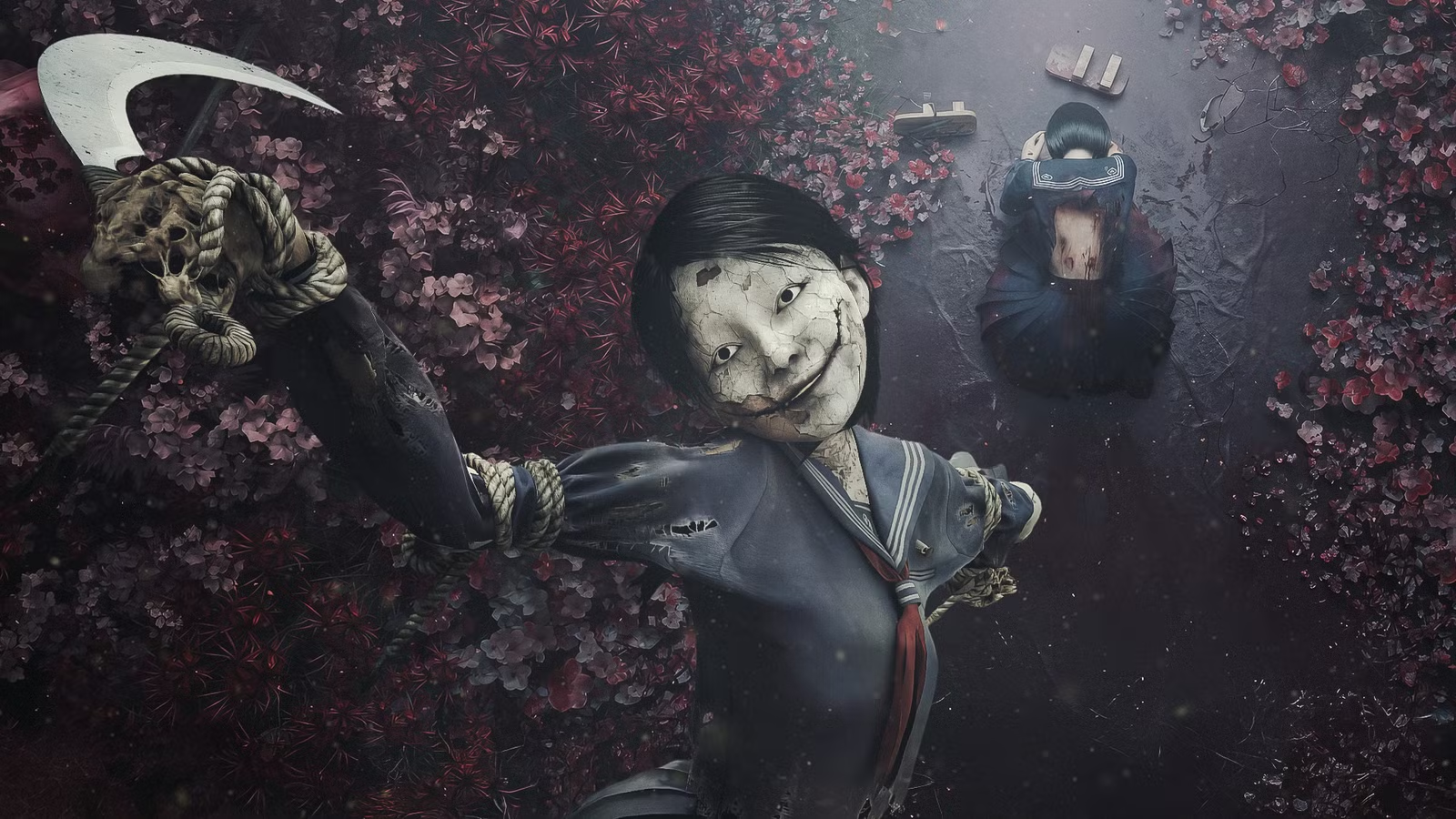
Antagonists are not just obstacles; they’re embodiments of the pressures bearing down on Hinako. Designs evoke dolls, wedding attire, and other rites-of-passage imagery, reframed as instruments of control and harm. Journal entries and ambient storytelling tie these forms back to themes of womanhood, marriage, and transformation.
Endings and replay appeal
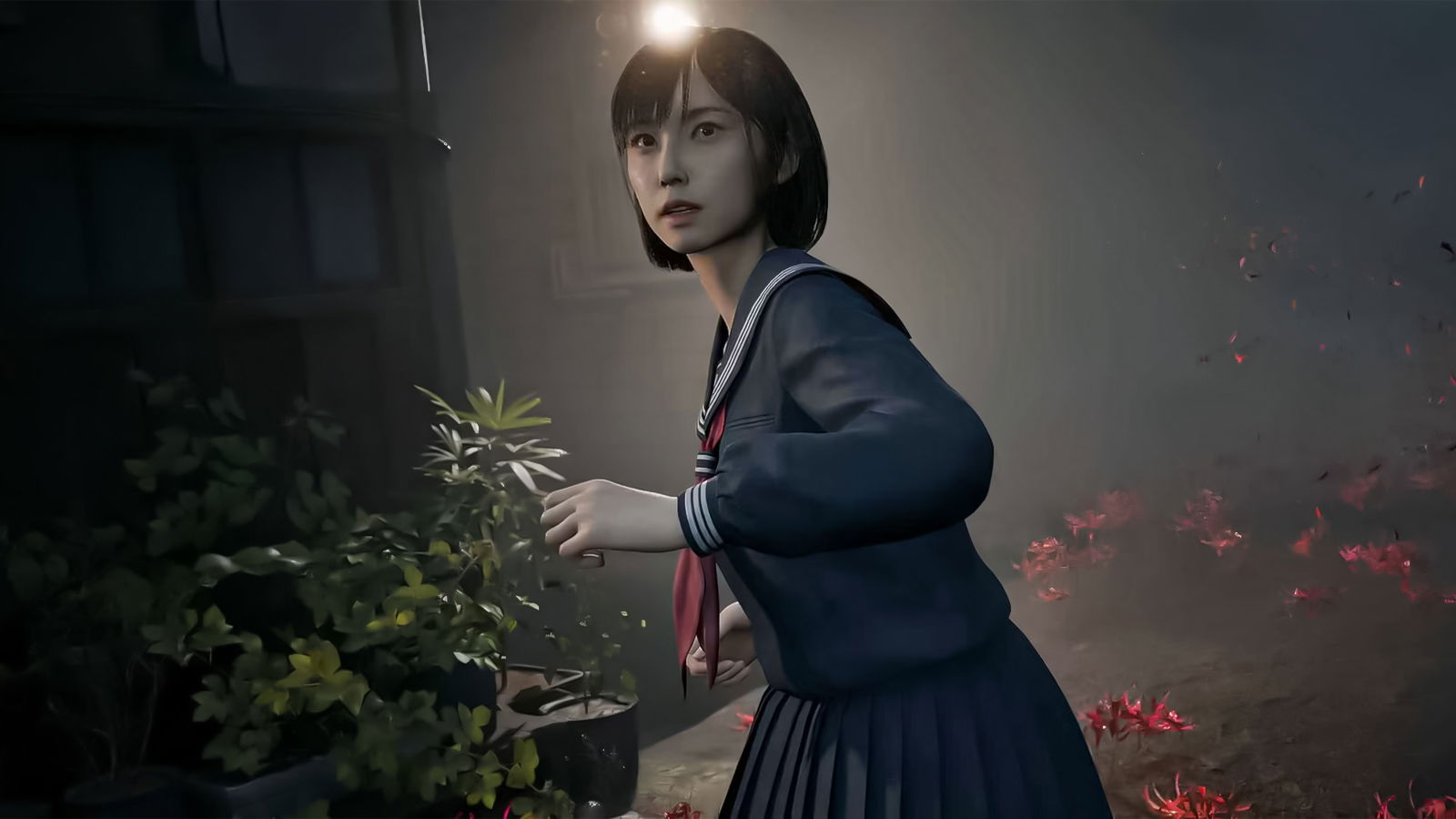
Silent Hill f supports multiple endings, including traditional routes and series-staple variants. The branching outcomes encourage a second look at earlier choices, collectible lore, and optional puzzles, and they make the lingering questions in the story feel purposeful rather than evasive.
What’s new for Silent Hill
- A Japanese setting in the 1960s marks a sharp break from the series’ usual American locales while retaining the franchise’s psychological core.
- Positioned as a standalone story, it’s built to be approachable for newcomers without encyclopedic knowledge of prior entries.
- Combat emphasizes melee and durability management over firearms, changing the cadence of encounters and resource planning.
- A pronounced thematic focus on societal norms—particularly around gender and ritual—broadens the series’ longstanding interest in personal guilt and repression.
Reviews and what to expect
Early reviews have been broadly positive, with consistent praise for the atmosphere, storytelling, and puzzle design. Some critiques point to frequent combat scenarios and layered melee mechanics as a potential point of friction. If you come for the mood and narrative—precision-cut cutscenes, ambiguous reveals, and symbolism that pays off in multiple reads—Silent Hill f aligns squarely with that expectation.
Key takeaway: Silent Hill f is a character-driven survival horror set in 1960s Japan, where social pressure and personal trauma are inseparable from the monsters you face. Expect tense exploration in heavy fog, resource-limited close-quarters combat, and puzzles that favor careful observation—framed by a story that withholds, reveals, and invites you back for another pass.

